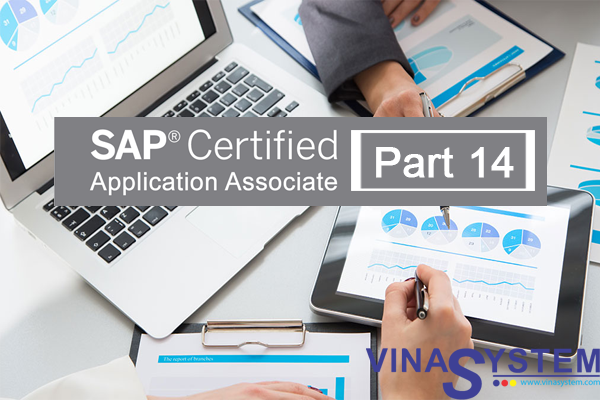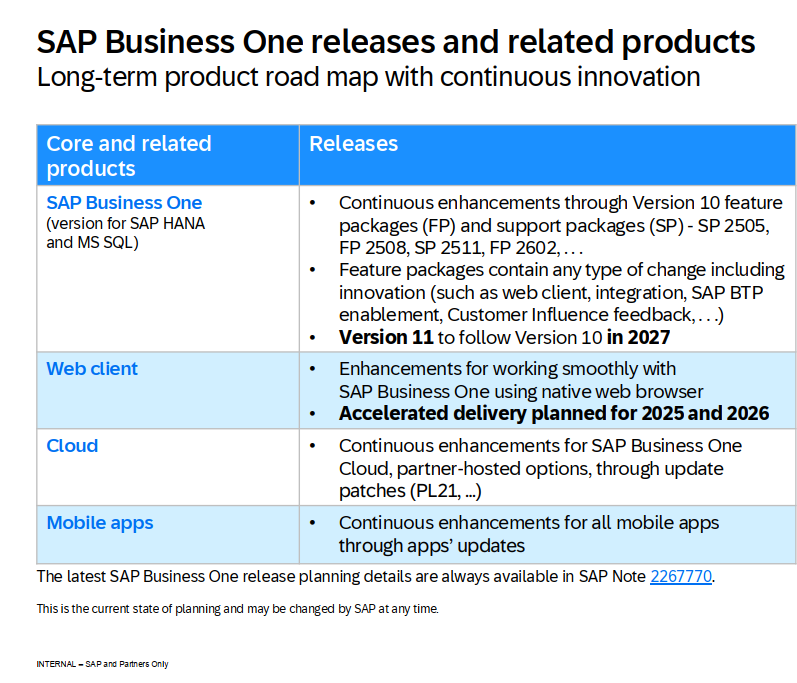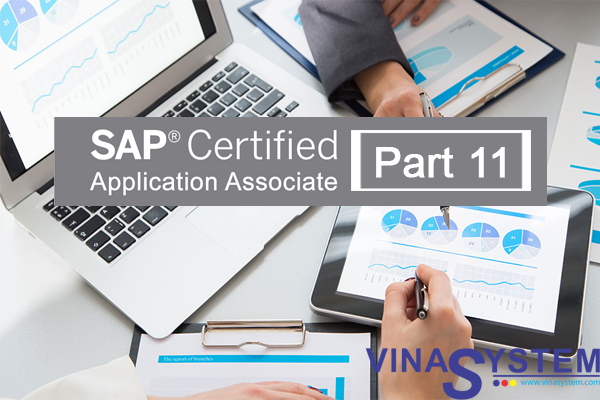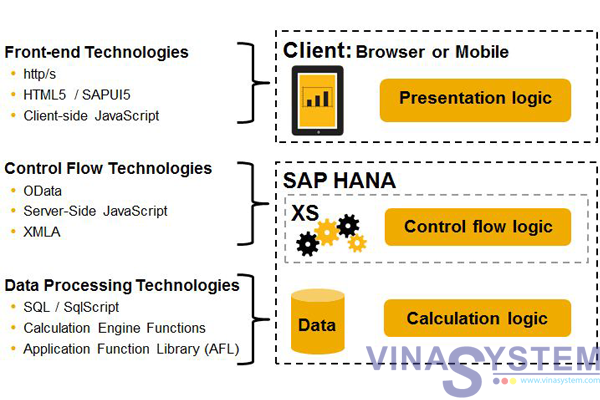
SAP Certified Application Associate - SAP Business One Release (Part 14)
131. If you wish to create your own chart of account instead of using the system you select User Defined in the Basic Initialization tab
a) True
b) False
Answer: a) True
132. A control a/c links business partner to the general ledger
a) True
b) False
Answer: a) True
133. The system displays the total account balance in business partner record. The line item displays
a) Debit balance in red and credit in black with parentheses
b) Debit balance in black and credit in green with parentheses
c) Debit balance in blue and credit in green with parentheses
d) Debit balance in black and credit in green with parentheses
Answer: b) Debit balance in black and credit in green with parentheses
134. Which of the following document types can you create header and footer text for?
a) Sales Order
b) Business Partner master data
c) Item master data
d) A/P Credit Memo
Answer: A & D
135. Your customer wants to set up an approval process for purchasing. What advice would you give them?
a) All users who add purchasing documents will be subject to the approval process specified in the approval template.
b) You must specify the names of all users who will be subject to the approval process.
c) You cannot mix predefined terms and user-defined queries in an approval template.
d) You must first define the approvers for each stage of the process.
e) You can include purchasing and inventory documents in the same approval template.
Answer: B & D
136. You want to see the accumulated assets and liabilities for the financial year to date. Which report can you use?
a) Balance Sheet
b) Cash Flow Report
c) Profit and Loss Statement
d) Annual Report
e) General Ledger Report
Answer: a) Balance Sheet
137. There are three types of balance sheet accounts. Which of the following are not among the balance sheet?
a) Assets
b) Equity
c) Liability
d) Revenue
Answer: d) Revenue
138. Which of the following is correct concerning the Item master data?
a) A non-inventory item can only be changed to an inventory item and not vice versa.
b) An inventory item can be changed to a non-inventory item and vice versa when the total quantity of the item is zero or the item has no open document.
c) An inventory item can be changed to a non-inventory item and vice versa only when the total quantity of the item is zero and the item has no open document.
d) An inventory item cannot be changed to a non-inventory item irrespective of any condition.
Answer: c) An inventory item can be changed to a non-inventory item and vice versa only when the total quantity of the item is zero and the item has no open document.
139. Which statements are true regarding issuing components to production order?
a) A production order must be released before components can be issued manually.
b) By-products can be added to the components list in a production order with a negative quantity to indicate items that are to be put into stock after production.
c) The list of components in a standard production order is created from the production bill of materials assigned to the finished product.
d) To issue each component individually as it is used, choose the backflush option.
e) You can only update the component details in a production order before the production order is released
Answer: A, B & C
140. You reach an agreement with your customer to accept payments in three installments. What happens when you create an invoice for this customer?
a) The system automatically splits the invoice amount into three equal payments and posts a journal entry for each payment with the relevant due date.
b) The system posts a single journal entry that contains a row for each installment. The due date is set to date of the final installment.
c) The system posts three separate journal entries, one for each installment and each with the relevant posting date.
d) The system posts a single journal entry that contains a row for each installment with the relevant due date.
Answer: d) The system posts a single journal entry that contains a row for each installment with the relevant due date.
SAP Business One Certification Question Part 13
Sample questions for Business One certification
The history of SAP Business One






